Who wouldn’t want to have superpowers? The ability to fly, disappear, breathe underwater, or give a satisfying electric zap to our archenemy would be amazing! These powers and more are all part of the animal kingdom. Which of these animal superpowers do you wish you had . . . and what would you do with them?
Faster Than a Speeding Bullet!

The
peregrine falcon
is the fastest animal on Earth.
©Katiekk2/iStock / Getty Images Plus via Getty Images
Bullets can travel up to 1,800 mph (2,896 km/h). That makes the peregrine falcon – the fastest member of the animal kingdom – downright pokey at 242 mph (389 km/h). The peregrine falcon uses that speed to dive-bomb its prey at high velocity, stunning or killing it instantly from the force of the impact. At that speed, you and I could commute to work faster than a bullet train!
More Powerful Than a Locomotive!

This
dung beetle
is pushing a piece of possum scat much bigger than itself up an incline.
©Wattlebird/Shutterstock.com
Super strength is something we associate with animals like the ox, bear, or elephant. But if you want real strength, consider the dung beetle. Male Onthophagus taurus beetles can pull 1,141 times their body weight of their favorite thing in the world – poop. The average weight of a human being is 137 pounds. If people were as strong as dung beetles, they could pull 156,317 pounds – approximately the weight of a Space Shuttle!
Able to Leap Tall Buildings in a Single Bound!

goes by leafhopper, meadow froghopper, or meadow spittlebug.
©Jordan Roper/Shutterstock.com
Want to leap as high as Superman? Well then, you want the superpowers of a leafhopper. This insect pest reaches only 5-7 mm long, but they can jump to a height 115 times their body length. Scaling that up to a 6 ft. (1.8 m) human makes that a 690-ft. (210 m) jump! A person with that ability could leap over the Washington Monument from a standstill!
Take That: ZAP!

Electric eels can kill large animals, and even human beings, with their shocks.
©Cuson/Shutterstock.com
Electric eels have the literally stunning ability to deliver electric shocks of up to 860 volts! That’s enough to stun or even kill a large animal such as a caiman. A human can be also stunned from a shock and drown even in shallow water. This scary animal superpower contributed to the invention of batteries in 1800.
Lightning Reflexes!
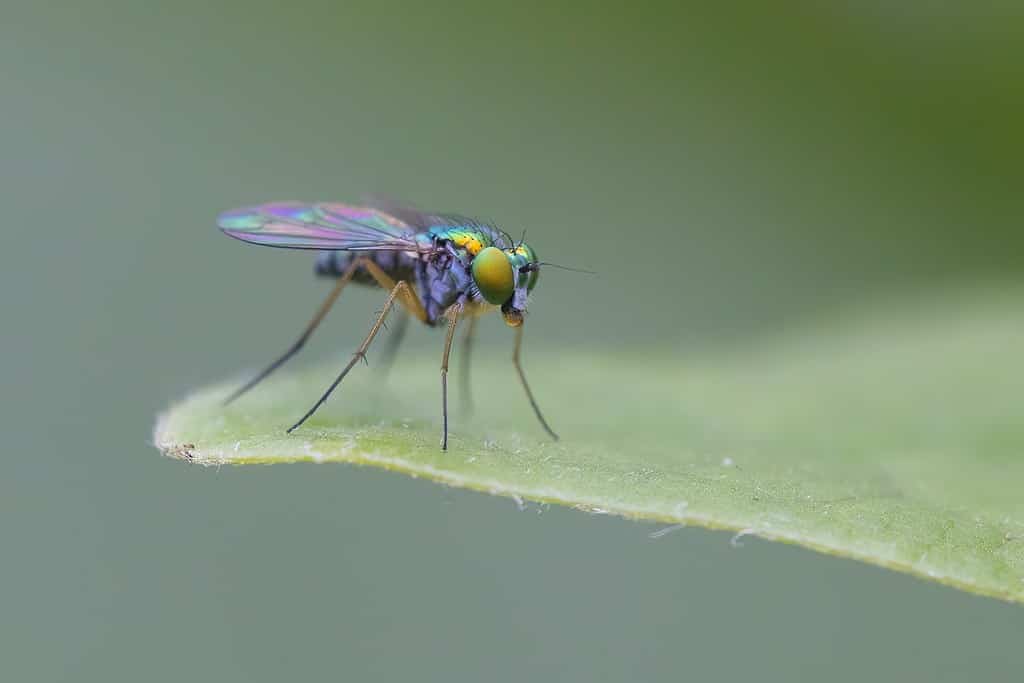
The fastest reflexes in the animal world belong to the long-legged fly (Condylostylus sipho).
©Mircea Costina/Shutterstock.com
Condylostylus is a genus of flies with a response time so fast, that it could move 20 times in the time it takes you to blink your eyes once! Its response time is less than five milliseconds, while a human blink can take anywhere from 100-400 milliseconds. At such a speed the rest of the world would move in slow motion while you took care of business apprehending some bad guys!
Now You See Me . . . Now You Don’t!
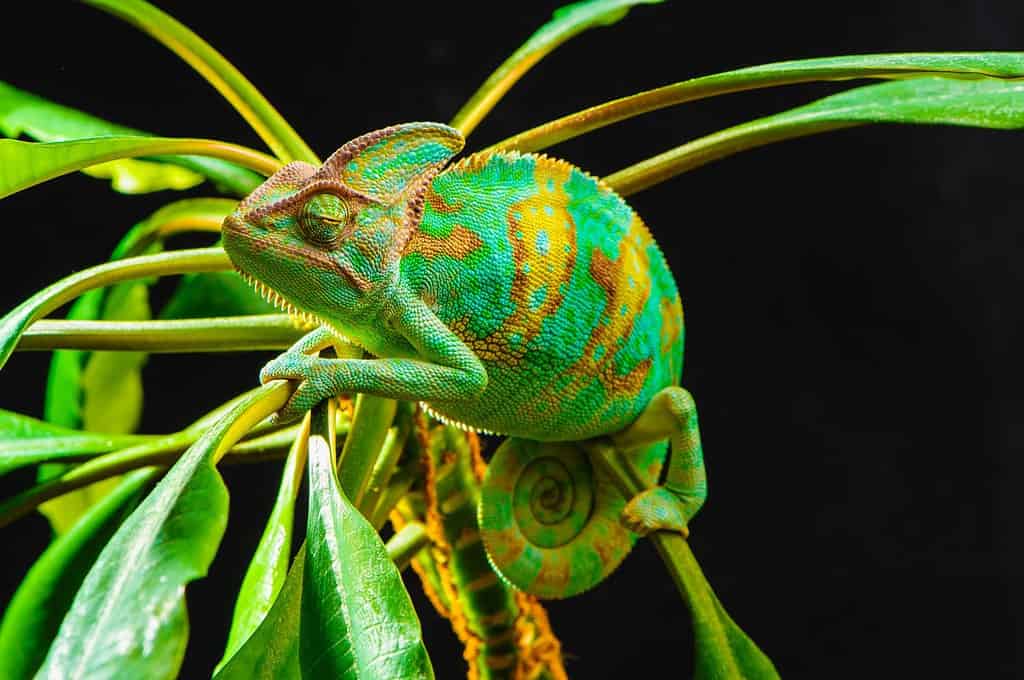
This Yemen
chameleon
is matching its skin colors to the plant its perched on.
©Baishev/Shutterstock.com
Without a doubt, chameleons are one of the weirdest and most wonderful lizards in the ecosystem. Their coolest ability is skin that shifts color to match its surroundings. They can even approximate the artificial patterns in human clothing. Scientists today are working hard on invisibility cloaking for military applications – something the chameleon figured out long ago.
Jump In, the Water’s . . . Warm!
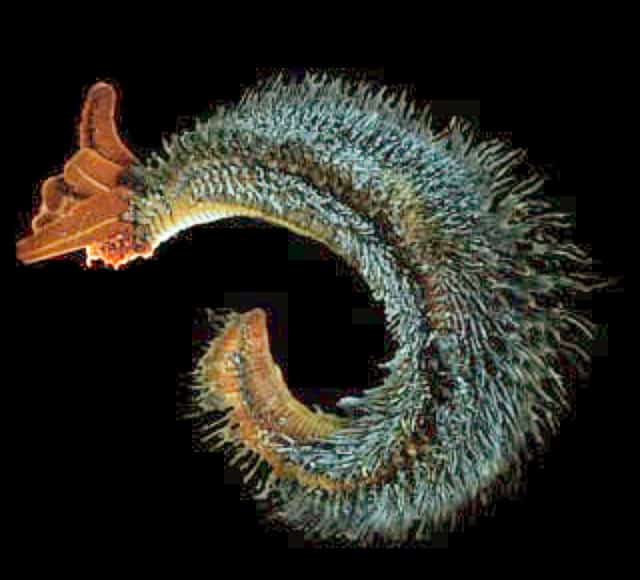
Hydrothermal vents deep in the Pacific Ocean host Pompeii worms.
©National Science Foundation (University of Delaware College of Marine Studies), Public domain, via Wikimedia Commons - 1 November 2001 - License
Marine biologists discovered Alvinella pompejana, the Pompeii worm, at hydrothermal vents on the Pacific seabed. They are one of the most heat-resistant extremophiles on Earth, surviving at temperatures of up to 221 °F (105 °C). This is comparable to some of the scalding hot springs in Yellowstone. With this ability, all you’d need to recover from falling into a pool of boiling water is a towel!
What Was That Sound?

These interesting birds can replicate the songs of other birds.
©CSIRO, CC BY 3.0 <https://creativecommons.org/licenses/by/3.0>, via Wikimedia Commons - License
Lyrebirds, native to Australia, can replicate the songs of other birds as well as possums, dingoes, koalas, and barking dogs. They can even replicate human vocalizations and mechanical sounds: voices, crying babies, instruments, chainsaws, car alarms, and phone ringtones. Check out this crazy video clip. What would you do with this superpower?
Leave Aquaman in Your Wake!
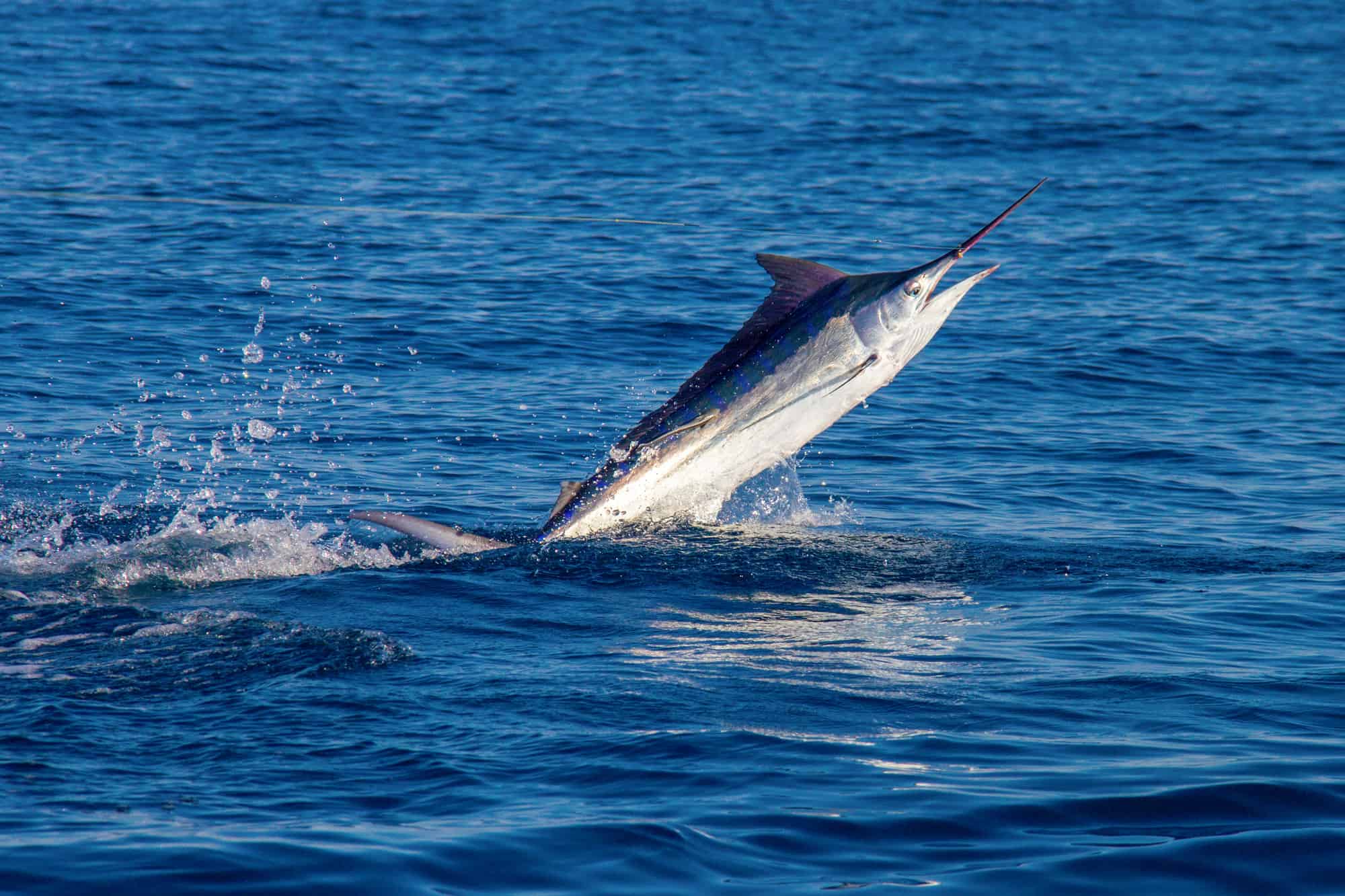
The black marlin can outswim some speedboats.
©kelldallfall/Shutterstock.com
There is considerable controversy over which fish species is the fastest. Many sources say it is the black marlin, Istiompax indica, a popular sport fish, that reportedly can swim in short bursts of 82 mph (132 km/h). That crazy animal superpower is enough to outrun a powerboat running at its average speed of 70 mph (113 km/h)!
How About Some Face-Melting Acid?
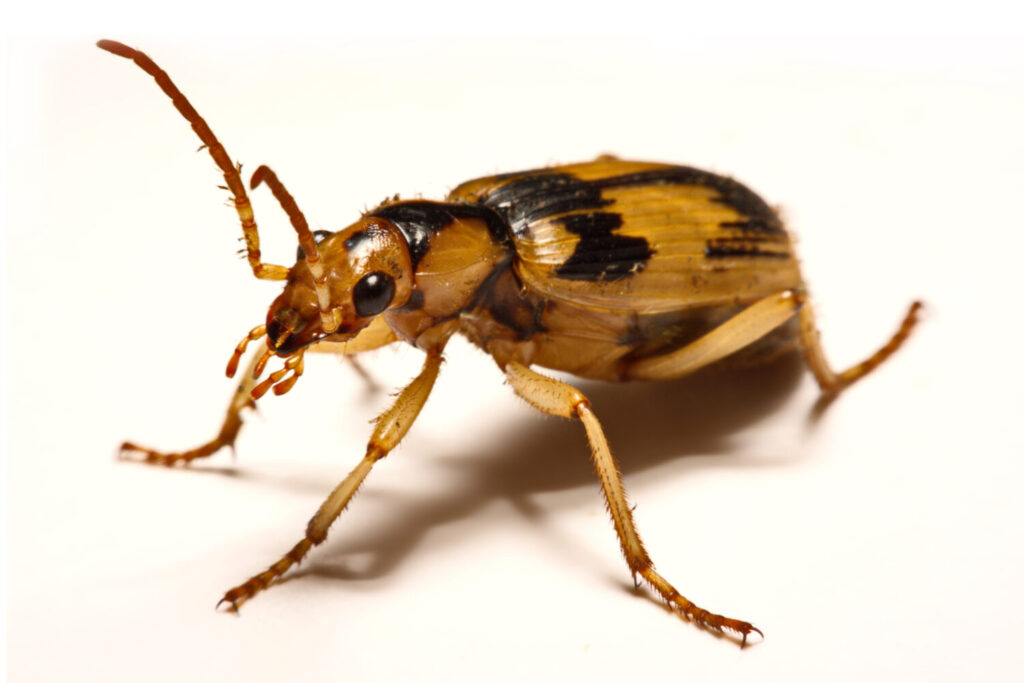
Bombardier beetles pack a punch with their hot chemical spray.
©KASIRA SUDA/Shutterstock.com
There are over 500 species of beetles known as bombardier beetles. The animal superpower they have is the ability to punish their enemies by spraying them with a hot chemical spray from their backside. A mixture of hydroquinone and hydrogen peroxide makes a superheated noxious gas the beetle can aim with great accuracy. It’s strong enough to kill attacking insects or irritate the eyes and respiratory system of larger predators. This will take your self-defense pepper spray up to a whole new level!
Bat Powers Without Daddy’s Money!
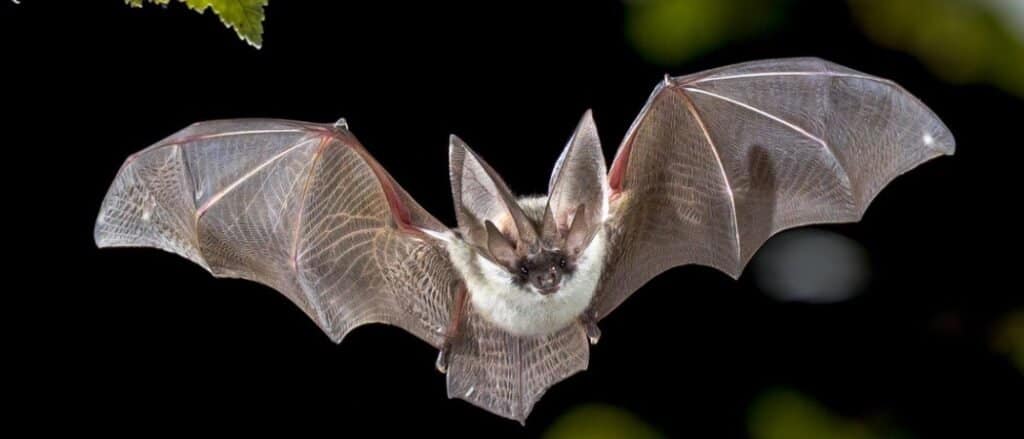
Bats navigate at night without special suits and technology.
©Rudmer Zwerver/Shutterstock.com
Batman has shown us superpowers can be available to anyone with a massive inheritance, a secret hideout, and a butler to keep it going! Bats don’t need any of that. They have the natural superpower of echolocation. As they fly, they emit high-frequency sounds and listen to the returning echo to detect things in their environment. Believe it or not, of all the animal superpowers listed in this article, this is one a person can actually master with a great deal of practice – check out this video!
Perpetual Youth!
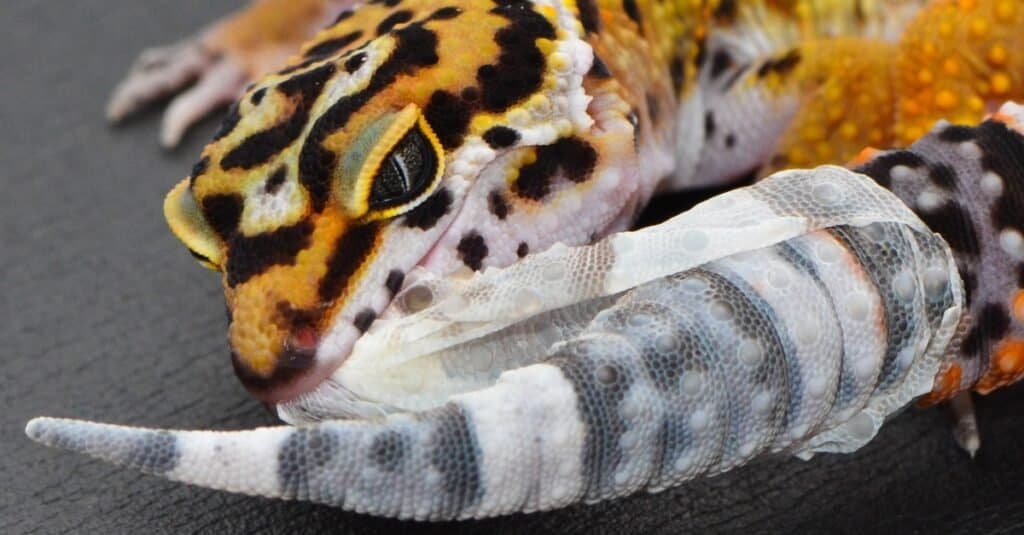
Getting new skin is cool, but maybe not if you have to eat the old skin like this
leopard
gecko.
©iStock.com/P A Collins
Many species of lizards and snakes shed their skins periodically, often two to four times a year. Is this a superpower? Well, the skin care industry brings in about $90 billion a year and Americans spend on average over $700 a year on their appearance. Want a full-on facelift? That will set you back an average of $8,000 in the U.S. – a cost that makes many people travel overseas as medical tourists for more affordable procedures. So yes, a fresh new face every couple of months is an animal superpower many people would like quite a bit!
Be Indestructible!
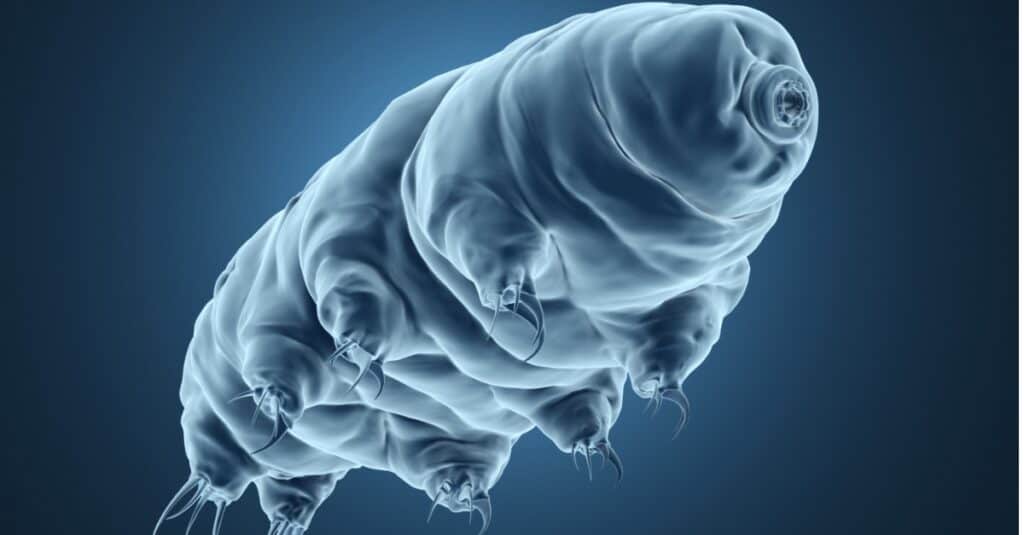
It’s not hard to see why some people call pudgy Tardigrades “water bears” or “moss piglets.”
©iStock.com/fruttipics
Tardigrades are amazing microscopic invertebrates that can survive literally in any environment. Researchers have collected these 8-legged little dudes all over the world, in glaciers, deserts, scalding hot springs of up to 302 °F (150 °C), and on mountaintops. And for all we know they may be living on the Moon now, after an Israeli probe carrying them crashed there in 2019. Tardigrades manage this animal superpower by drying up into a near-death state called cryptobiosis. They can stay in this dried-out state for decades and spring back to life when they come into contact with water.
The photo featured at the top of this post is © Anton27/Shutterstock.com
Thank you for reading! Have some feedback for us? Contact the AZ Animals editorial team.






